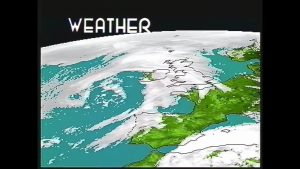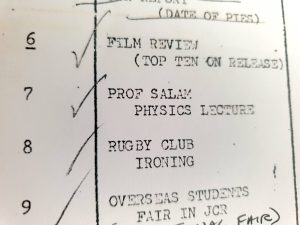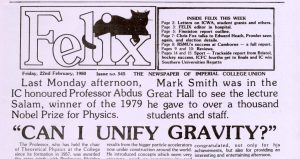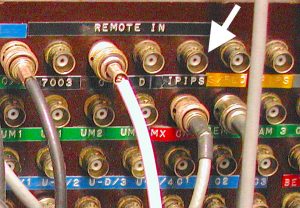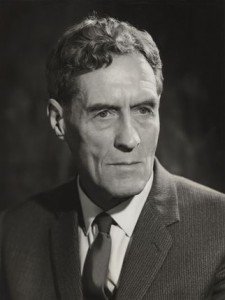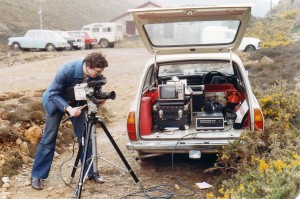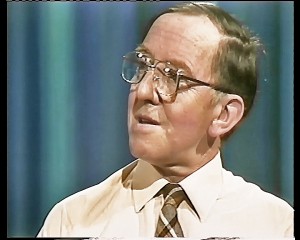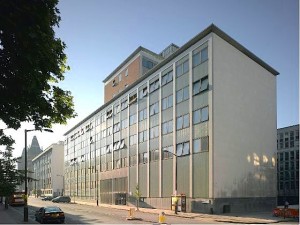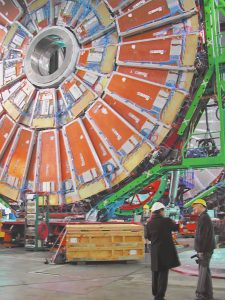 In November 2006, we flew to Geneva to film a report on the project and experiments being carried out at CERN by the team from Imperial College. Professor Tejinder Virdee and his colleagues explained the science of the Compact Muon Solenoid (CMS) Experiment. Professor Sir Peter Knight, who was then the Head of the Physics Department, also came along, and also appears in the video. You’ll also hear from Professor Virdee’s colleagues who were stationed there at the time of our visit.
In November 2006, we flew to Geneva to film a report on the project and experiments being carried out at CERN by the team from Imperial College. Professor Tejinder Virdee and his colleagues explained the science of the Compact Muon Solenoid (CMS) Experiment. Professor Sir Peter Knight, who was then the Head of the Physics Department, also came along, and also appears in the video. You’ll also hear from Professor Virdee’s colleagues who were stationed there at the time of our visit.
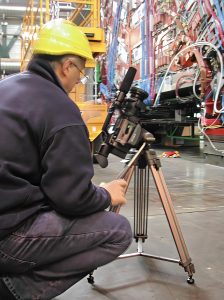 Unfortunately, the video quality is poor, as it is another item I’ve managed to recover from the old video server. I’ve done my best to make it look as good as possible! In this first photo you might spot me in the bottom right talking to Professor Virdee. We’re both rather overshadowed by the size of the construction taking place at the time. We shot a lot more footage than you’ll see in the news report and in the photo on the left, you can see me filming some of those very shots.
Unfortunately, the video quality is poor, as it is another item I’ve managed to recover from the old video server. I’ve done my best to make it look as good as possible! In this first photo you might spot me in the bottom right talking to Professor Virdee. We’re both rather overshadowed by the size of the construction taking place at the time. We shot a lot more footage than you’ll see in the news report and in the photo on the left, you can see me filming some of those very shots.
Colin Grimshaw July 2025
